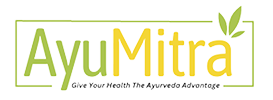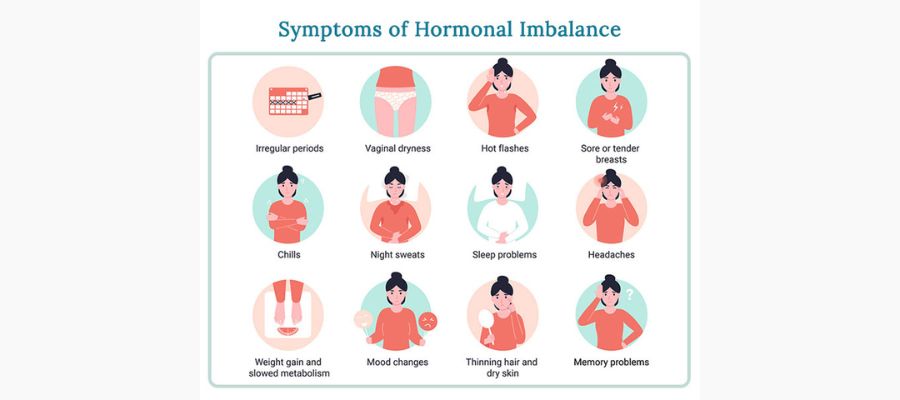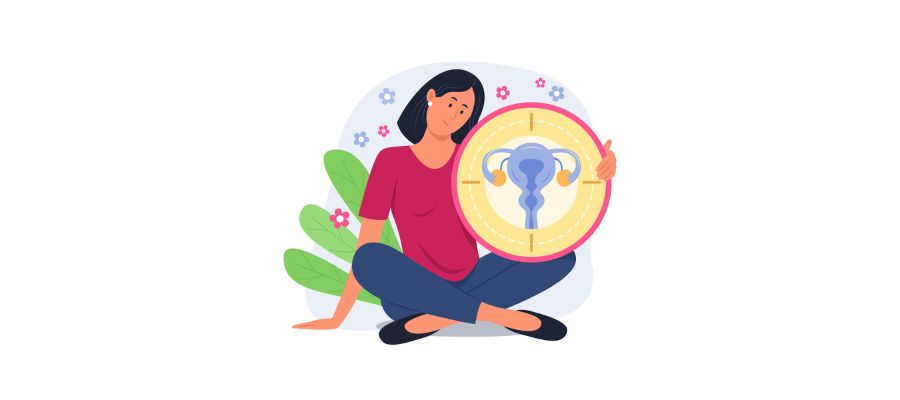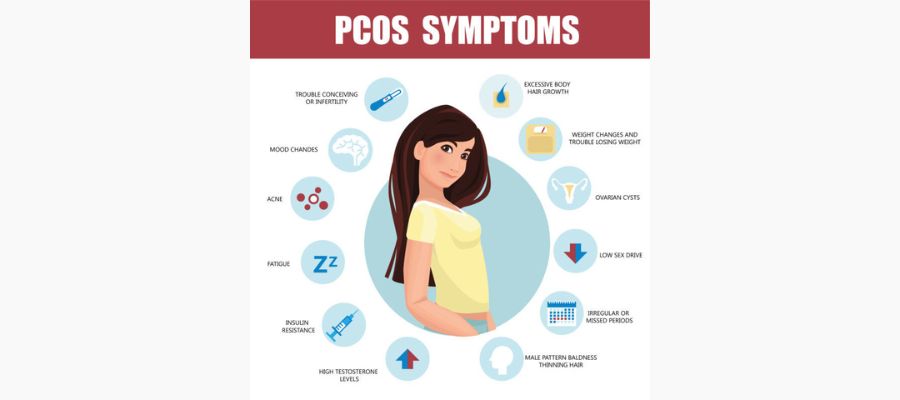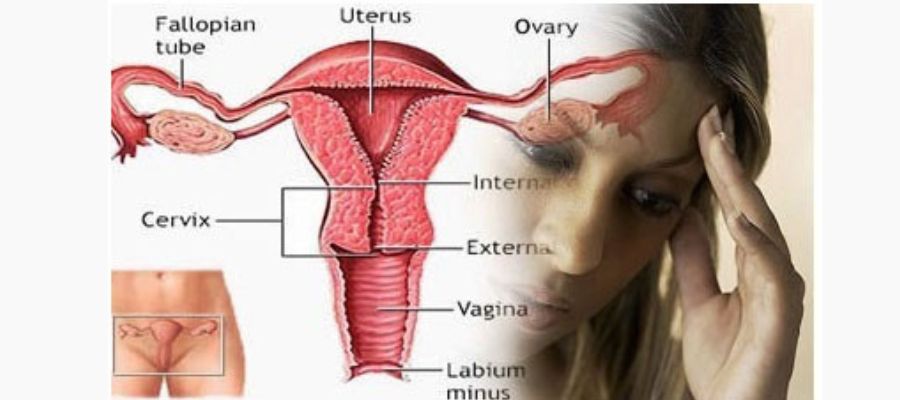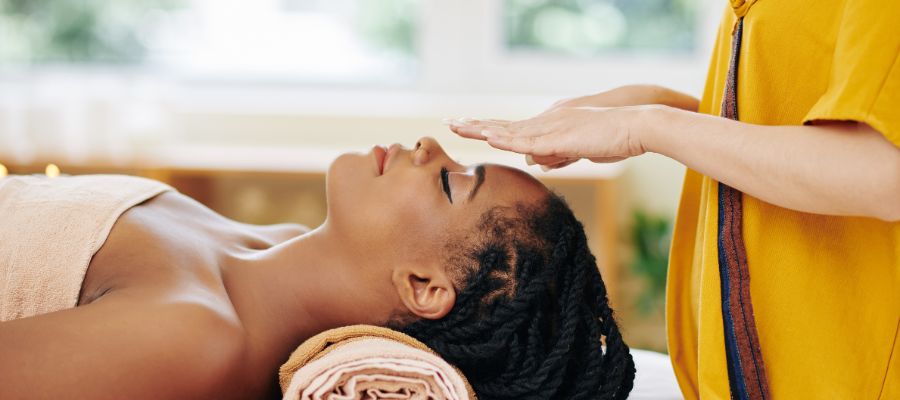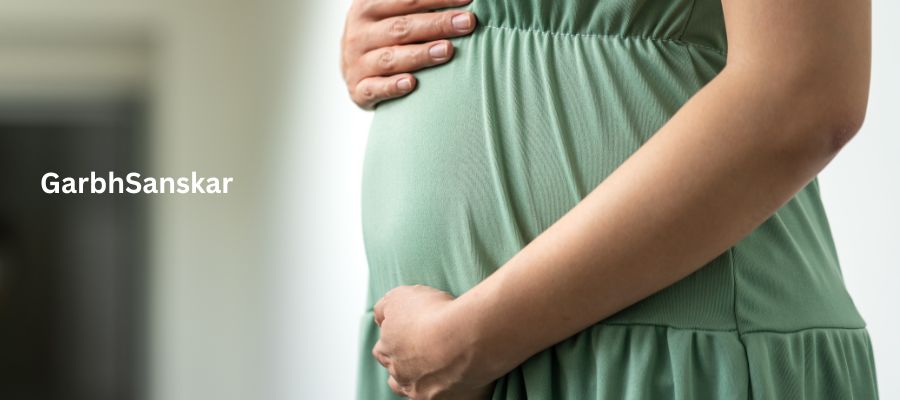
Pain can be characterized as physical discomfort or suffering from illness or injury. Even minor pain in any part of the body can significantly impact one's daily activities. Pain can manifest in various forms, such as throbbing pain in toothaches, spasmodic colic pain in renal calculi, gnawing pain in abdominal discomfort, muscular pain in sprains, sports injuries, joint pain due to swelling, and more. While painkillers are a typical response to pain, frequent usage can weaken one's resistance.
Effective pain management is a critical aspect of healthcare. Left untreated, pain can worsen, leading to increased discomfort, physical limitations, and reduced quality of life. In addition, if pain is not appropriately managed, it can lead to a host of other issues, such as anxiety, depression, and insomnia. Therefore, seeking proper medical care and managing pain effectively is essential.
In Ayurveda, pain arises from the vitiated Vatadosha, which can be treated effectively to reduce the pain. Ayurveda has proven to be effective for acute pain management.The following are some of the most effective methods for managing pain.
1. Snehan and Sweden: This procedure involves using medicated oil selected according to the type of pain, followed by sudation therapy. Sudation therapy includes steam, dry heat, patrapottali, pindasweda, etc. This procedure is ideal for sprains, backaches, muscular injuries, and sports injuries. In some cases of abdominal pain like renal colic or accumulation of gases, Basti treatment works wonders. Various types of Basti therapy can also manage lumbar pain. Kati Basti, JanuBasti, ManyaBasti, HridBasti, and Netra Basti are organ-related procedures performed at the respective sites to manage pain and strengthen them. Internal oleation is one of the best ways to control Vatadosha; taking 2-3 teaspoons of ghee daily will serve the purpose.
2. Agnikarma: Agnikarma is performed in two ways: a) Direct heat and b) Indirect heat. In our clinic, we use the second method. A small rod of gold with a blunt end, specially designed for this purpose, is placed on the affected area, and the heat is transferred through the other end by a candle until the patient can bear the heat. It works effectively and gives immediate relief. This procedure is ideal for conditions like joint pain, pain due to cervical or lumbar spondylosis, spasmodic pain due to calculi, sciatica, and frozen shoulder. The direct heat method, done by Mruttikashalaka (earthen rod), is helpful in pain at heels, as is jaundice, where turmeric roots are used.
3. Bloodletting: Bloodletting is performed in various ways, and the standard methods used in practice are:-
A) Jalaukavcharan (Leech therapy): Leeches are used where the cause of pain lies in blood tissue. It is ideal for conditions like painful cracked heels or soles and palms due to excessive dryness, headache due to vitiated pitta, some skin diseases, swelling in various tissues or joints, pain due to a contused wound where blood capillaries get ruptured, and the blood gets accumulated under the skin resulting in pain. The moment the impure blood is sucked out, the pain disappears.
B)Bloodletting by syringe or scalp vein, wherein blood is removed by puncturing the vein. Bloodletting plays an efficient role in patients whose blood pressure constantly remains high without definite symptoms.
C) Viddha karma: This procedure involves making a tiny puncture with the help of an insulin needle. The knowledge of vital points and symptom-related points is essential. This procedure serves many purposes but is usually done for headaches, eye aches, tonsillitis, nasal blockage, renal colic, pain related to nerve defects, joint pain radiated pain, and much more. The treatment gives its miraculous results in a fraction of a second.
4. Lepa:Lepa means the application of a paste of herbs on the affected area and leaving it to dry. This procedure is ideal for swelling, injury, sprain, etc.It's essential to consult an Ayurvedic expert for these procedures. Caring for the Vatadosha is critical to prevention and a healthy lifestyle. By following these natural pain management methods, one can say goodbye to painkillers.
